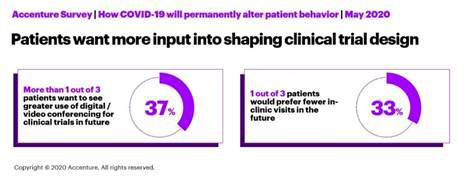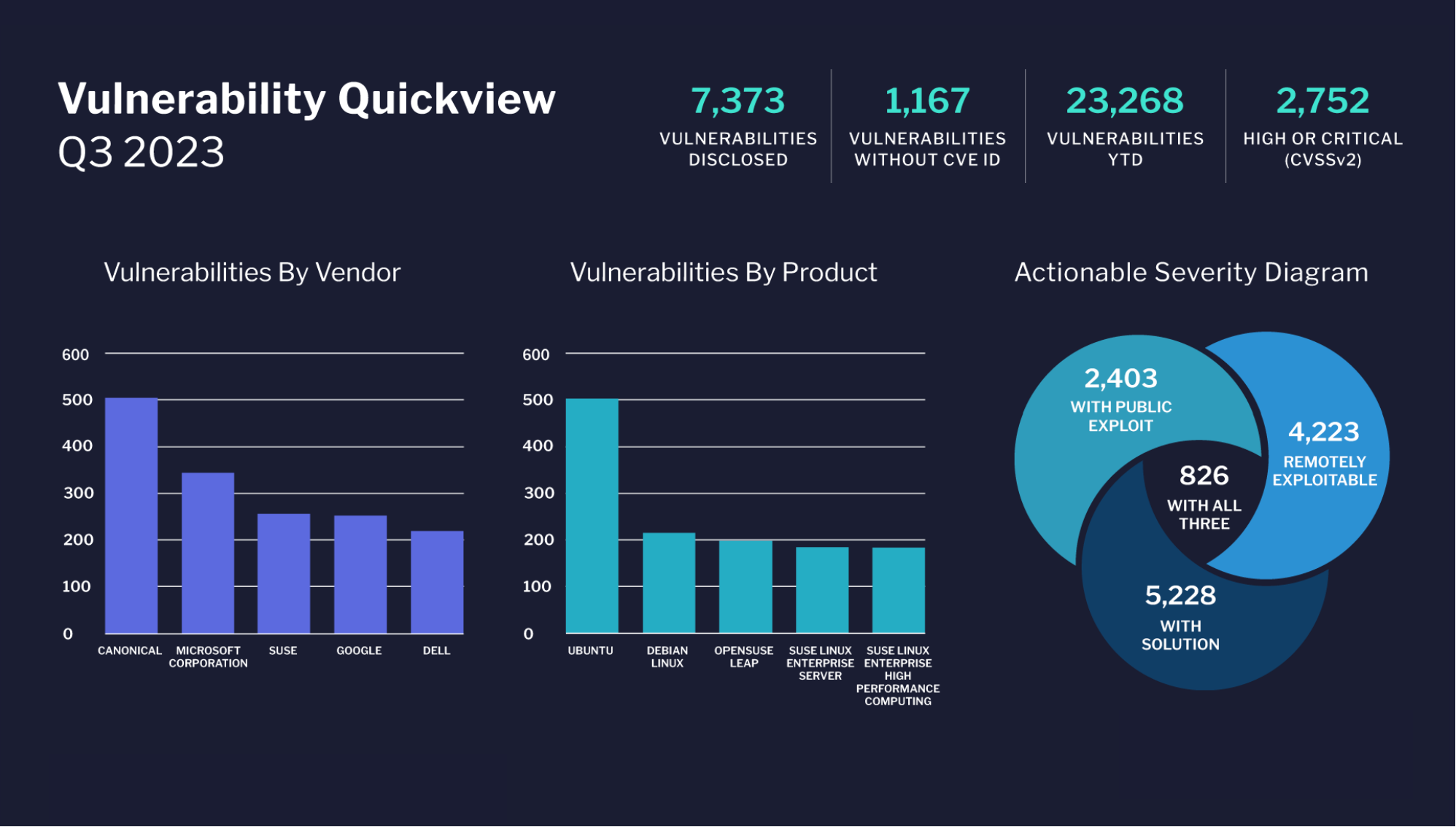COVID-19 has driven home the need to use digital solutions more broadly, which means C-Suites may be turning to their CTOs for advice
As lockdown restrictions went into effect due to the pandemic, patients around the world had to make decisions about non-COVID-19 related healthcare issues. Initially, many healthcare providers and patients cancelled appointments and transportation options were disrupted. Patients were afraid to risk exposure to the virus by going to their healthcare providers for regular treatment, and many – 70% according to a recent survey Accenture conducted of 2,700 oncology, cardiology, or immunology patients globally — deferred or cancelled at least some elements of their treatment.
But as healthcare providers began to offer more digitally enabled alternative services, patients embraced virtual care and communications at very high rates. Nine out of 10 patients responding to the Accenture survey reported the quality of care was as good or better than before. More than half (60%) said that, based on their experience during the pandemic, they want to use technology more for communicating with healthcare providers and managing their conditions in the future.
This research – yet again — demonstrates that digital solutions aren’t a temporary fix; they are the future. And those providers – and pharmaceutical companies – who are listening to their CTOs and investing in technology ranging from telehealth capabilities to cloud services are best poised to serve patients well.
PATIENTS EXPECT MORE
Patients will expect the industry to offer more remote services not just for health care, but also for clinical trials, which can lead to better care in the future. Patients want more video conferencing and fewer clinic visits on this front too, which would make clinical trials more convenient and accessible.

R&D TECHNOLOGY
The patient push for more digital services is the visible tip of the iceberg. Today, the pharmaceutical industry has an even greater sense of urgency to accelerate R&D efforts to bring new drugs and therapies to patients. COVID-19 has underscored the need for life sciences organizations to leverage technology to deliver an aggregated view of clinical study data, enable artificial intelligence for faster target identification, precisely identify and delivery targeted cell and gene therapies to patients, and empower patients to better manage their treatments. One solution that organizations are considering to speed digitalization is the new release of the INTIENT™ Platform, powered by Google Cloud.
Going forward, the industry needs to look for platforms that leverage advanced analytics and artificial intelligence (AI) capabilities, to make data more accessible, secure, and valuable. A new level of collaboration is imperative and platforms that enable unifying cross-functional teams with common data insight tools and metrics will be in demand. The industry needs platforms that deliver novel and actionable insights that can bring new drugs and therapies to patients faster than ever before and the imperative may be on CTOs to sell this case to others in the boardroom.
WE CAN BE STRONGER TOGETHER WITH AN ECOSYSTEM
We are also seeing more tech adaption across the ecosystem. TransCelerate BioPharma, a non-profit collaboration comprised of 20 of the largest biopharmaceutical companies including BMS, Pfizer and Roche, recently announced it has expanded access to COVID-19-related patient-level clinical data sharing via DataCelerate, which is a global cloud-based data sharing platform that allows for deidentified, anonymized pre-clinical and clinical data types to be requested and voluntarily shared. As it is an internationally compliant system protecting privacy rights in clinical data, this has the potential to accelerate trials worldwide.
Given the unprecedented global health challenge of this pandemic, it is critical that the industry work collaboratively to rapidly produce effective and safe therapies for coronavirus, but also to make sure the treatments for other illnesses remain in focus. Technology is the facilitator of that collaboration both inside individual organizations and across the ecosystem. Furthermore, patients have demonstrated not only a willingness to use more technology but are relying on the industry to use technology to solve challenges and accelerate the development of new therapies. The spotlight is now in focus – and the industry must embrace all that technology can offer.
By Kevin Julian





